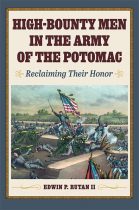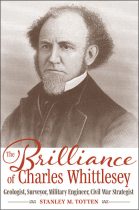The Forgotten Battles of the Chancellorsville Campaign
Erik F. Nelson | Filed under: Civil War Era, Civil War Soldiers and Strategies, Forthcoming, Military History
To demonstrate how a Union force overpowered Confederate troops in and around Fredericksburg, Erik F. Nelson emphasizes the role of terrain. Previous studies have relied on misleading primary sources that have left the campaign—and the Union’s larger victory—misunderstood. Moreover, the former battlegrounds near Fredericksburg have been altered by new roads and neighborhoods, further complicating study.










